U.S. job market growth slowed more than expected in July, raising concerns about economic momentum and increasing the likelihood of a Federal Reserve rate cut in September.
Weaker Hiring Signals Slowing Growth
According to the latest data from the U.S. Department of Labor, nonfarm payrolls rose by just 73,000 in July. The figure fell short of the 100,000 new jobs anticipated by economists surveyed by the Wall Street Journal. More concerning were revisions to May and June job numbers, which were lowered by a combined 258,000 positions.
With those changes, the three-month average for job gains fell to just 35,000, marking a significant slowdown compared to the same period last year. A year ago, that figure stood at over 100,000, suggesting that the U.S. job market is losing steam faster than previously reported.
Health care and social assistance provided all of July’s net gains, adding 73,000 jobs. But losses in other key sectors pulled the overall number down. Professional and business services shed 14,000 jobs, manufacturing fell by 11,000, and government employment dropped by another 10,000 jobs—bringing total government losses to 84,000 so far this year.
Unemployment Ticks Up as Participation Falls
The national unemployment rate rose from 4.1% to 4.2% in July. At the same time, the labor force participation rate declined for the third consecutive month, suggesting that fewer people are actively seeking work.
Economists often view falling participation alongside rising unemployment as a troubling combination. It can indicate both discouraged workers leaving the workforce and fewer new job opportunities being created.
The weak July numbers reinforce broader signs of a cooling U.S. job market. While job openings remain above pre-pandemic levels in many sectors, particularly health care, other industries are showing signs of contraction or stagnation.
Fed Likely to Cut Rates in September
The soft employment data is expected to influence the Federal Reserve’s upcoming decisions. The central bank has held interest rates steady for five straight meetings, maintaining the federal funds rate between 4.25% and 4.5%. But with job growth weakening and inflation still showing modest increases, policymakers are under pressure to provide relief.
Market analysts now widely expect the Fed to begin lowering interest rates at its next Federal Open Market Committee (FOMC) meeting in September. Some believe a rate cut could come even sooner if incoming data shows further deterioration in labor market conditions.
In previous statements, Fed Chair Jerome Powell acknowledged that the economy remains in “good shape” but warned of risks to both inflation control and full employment. The July report underscores that risk balance may be shifting.
Community Impact and Economic Outlook
For communities across the San Gabriel Valley, including El Monte, Baldwin Park, and Rosemead, a cooling job market may present new challenges. Many local families work in the manufacturing and service sectors—two areas that posted job losses in the latest report.
At the same time, job gains in health care and social assistance may provide stability, particularly for local clinics, hospitals, and caregiving services that continue to see demand.
Residents and small business owners will be closely watching the Fed’s next move. A rate cut could ease borrowing costs for mortgages, small business loans, and credit cards—potentially offering some relief amid rising living costs and slower wage growth.
The next FOMC meeting is scheduled for mid-September. Until then, both policymakers and residents alike will be watching the labor market data closely.


